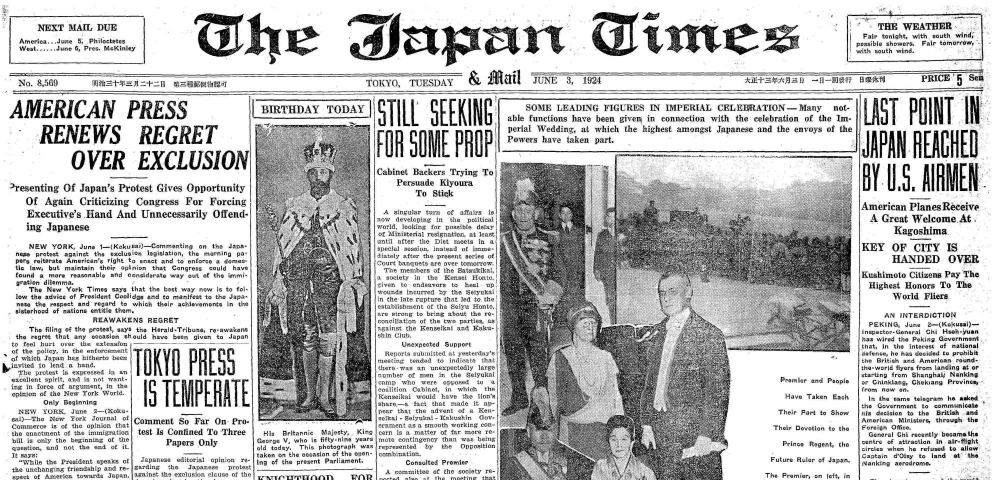Germany has joined several other NATO members in permitting Ukraine to use German-supplied weapons against targets within Russia’s borders, signalling a shift in policy regarding the extent to which Kyiv can use Western weaponry against Russia.
This move comes as the United States and other NATO countries are gradually easing restrictions on the use of their military aid, allowing Ukraine greater latitude in countering Russian attacks.
However, Russia has strongly condemned this development, with the Russian embassy in Cairo stating: “In fact, the Kyiv regime has long been striking peaceful areas in Russian cities with missiles and shells delivered by the Americans and Europeans, but the West has now openly admitted this.” The embassy further warned that this decision confirms the West’s direct involvement in the conflict and raises the risk of nuclear escalation.
“Moreover, several of these weapons can be equipped with nuclear bombs. For instance, the F-16 fighters that NATO is already sending to Ukraine can carry nuclear weapons,” the embassy added. “When these aircraft are in the air, it is impossible to determine whether the missiles they carry have conventional or nuclear warheads. Therefore, when such a fighter approaches our airspace, we are forced to assume it is conducting a nuclear strike.”
This policy shift has found support among key Western leaders. At a joint press conference with German Chancellor Olaf Scholz, French President Emmanuel Macron argued that Ukraine should be able to target certain Russian sites with Western-supplied weapons. “We must allow them [the Ukrainians] to neutralize the military sites from which the missiles are fired, from which Ukraine is attacked,” he said.
Poland has also permitted Ukraine to use Polish-supplied weapons to strike targets in Russia, as confirmed by Deputy Head of the Polish Defense Ministry, Cesary Tomczyk. Similarly, while German Chancellor Olaf Scholz has so far refused to deliver long-range Taurus missiles to Ukraine, he has agreed to allow German-supplied tanks to be used against targets within Russia.
The Pentagon had earlier confirmed that the Biden administration had authorized Ukraine to attack targets on Russian territory, specifically targeting the Kharkiv area with US weapons in counter-battery warfare. However, the US has maintained a ban on the use of ATACMS operational tactical missiles and other long-range weaponry.
Denmark has also joined the growing list of countries allowing Ukraine to use Western-supplied weaponry against Russian targets, with Foreign Minister Lars Løkke Rasmussen confirming that F-16 jets can be used to strike targets within Russia.
In response to these developments, the Russian embassy in Cairo cautioned that “the West has declared its direct participation in the war against Russia, with a clear potential to escalate into nuclear warfare.” The embassy further warned that if NATO continues to support attacks on Russian territory, the territories of the United States and its allies, including military installations in other countries, could become legitimate targets for Russian retaliation.
Russian Foreign Minister Sergey Lavrov, in an interview with Sputnik, echoed these concerns, stating that the US and NATO are seeking to inflict a strategic defeat on Russia and are unconcerned about the fate of Russian civilians. He expressed hope that joint Russian-Belarusian non-strategic nuclear drills would serve as a deterrent to NATO members.
However, Lavrov also suggested that the West could potentially expedite a political resolution to the Ukraine crisis by ceasing arms deliveries to Kyiv.
NATO chief Jens Stoltenberg downplayed the risk of escalation from Moscow after the United States authorized Ukraine to use American weapons to target sites within Russia.
Earlier, Russian President Vladimir Putin has threatened “serious consequences” if Western countries allowed Ukraine to use their weapons to strike targets in Russia.




















Discussion about this post